










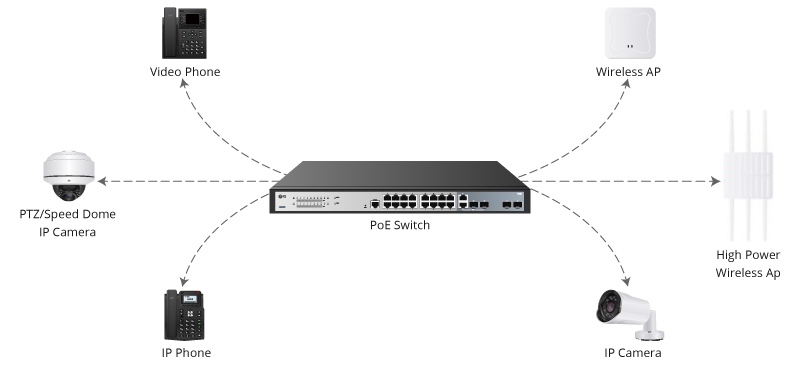

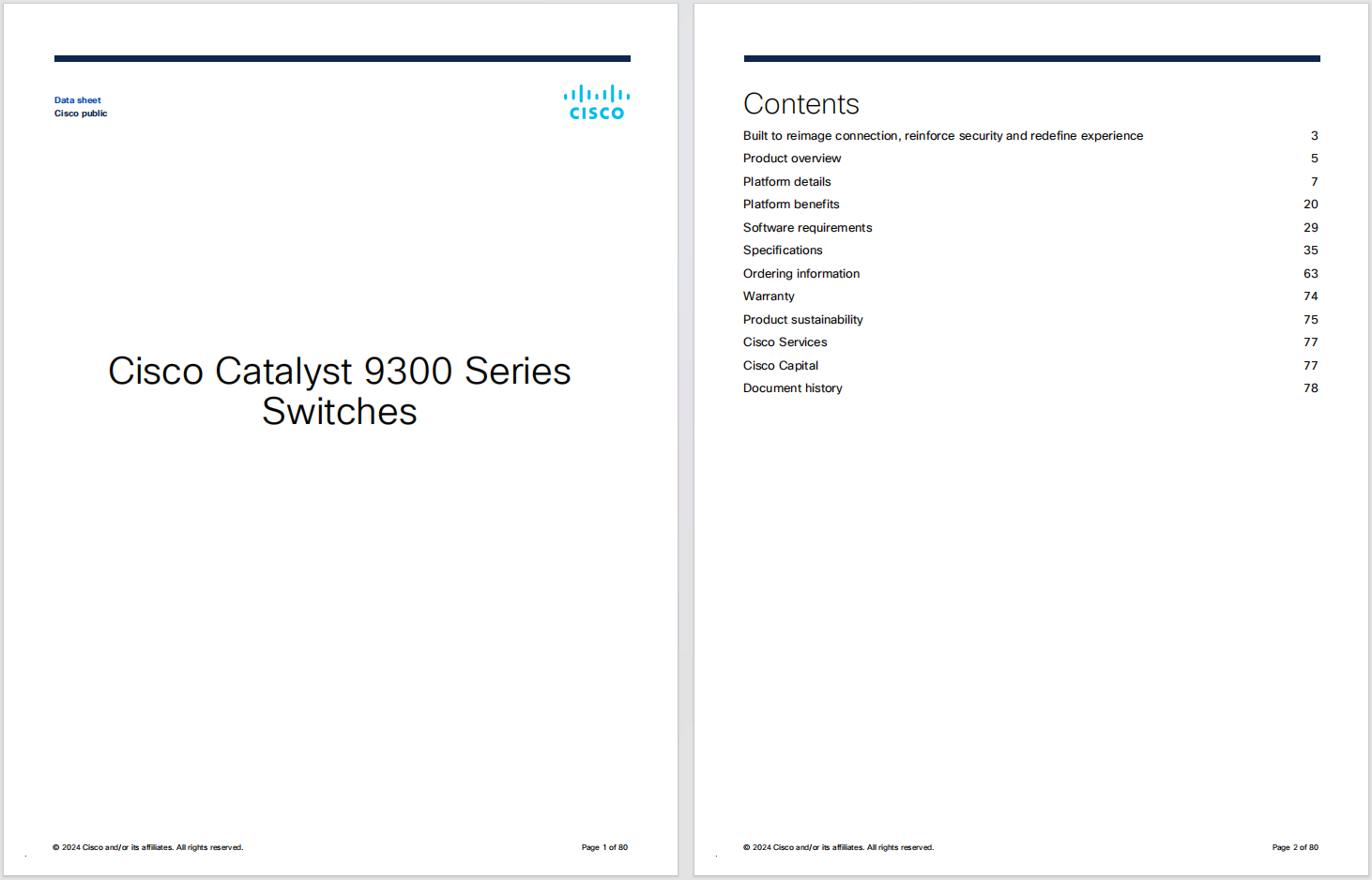



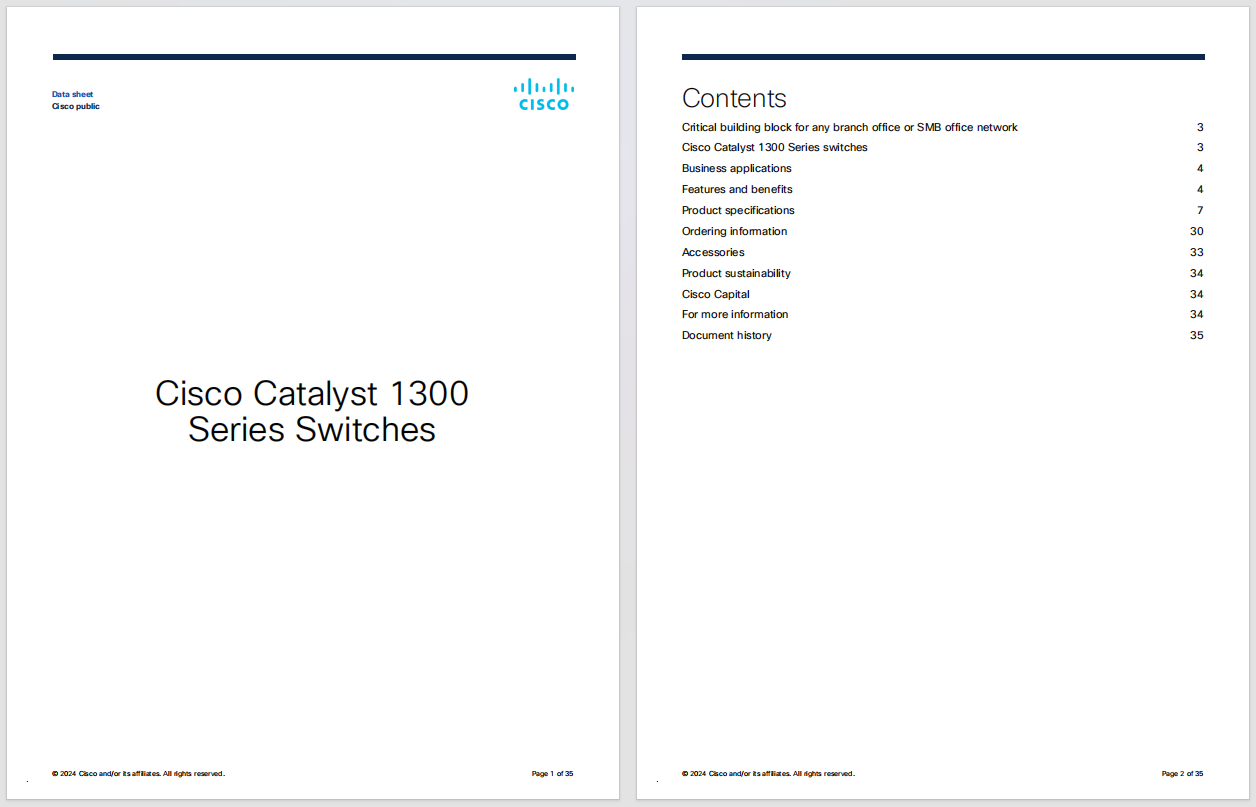
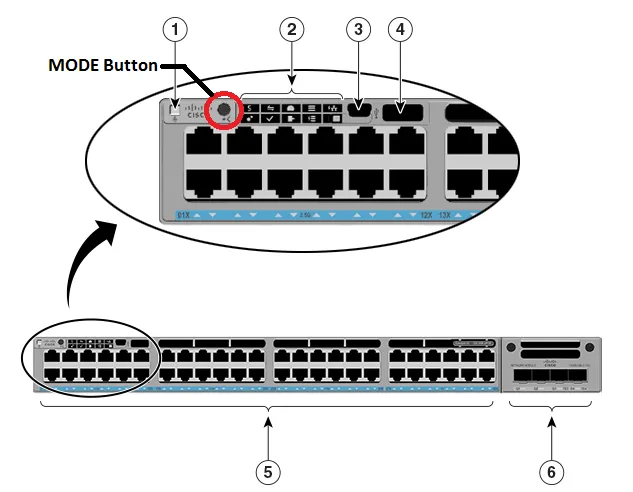





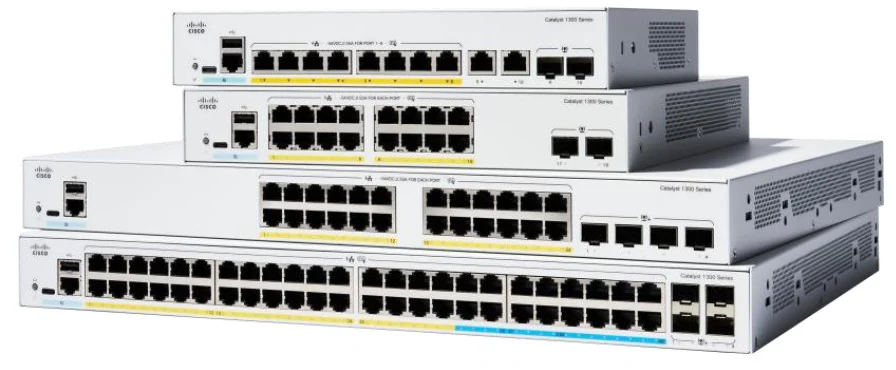




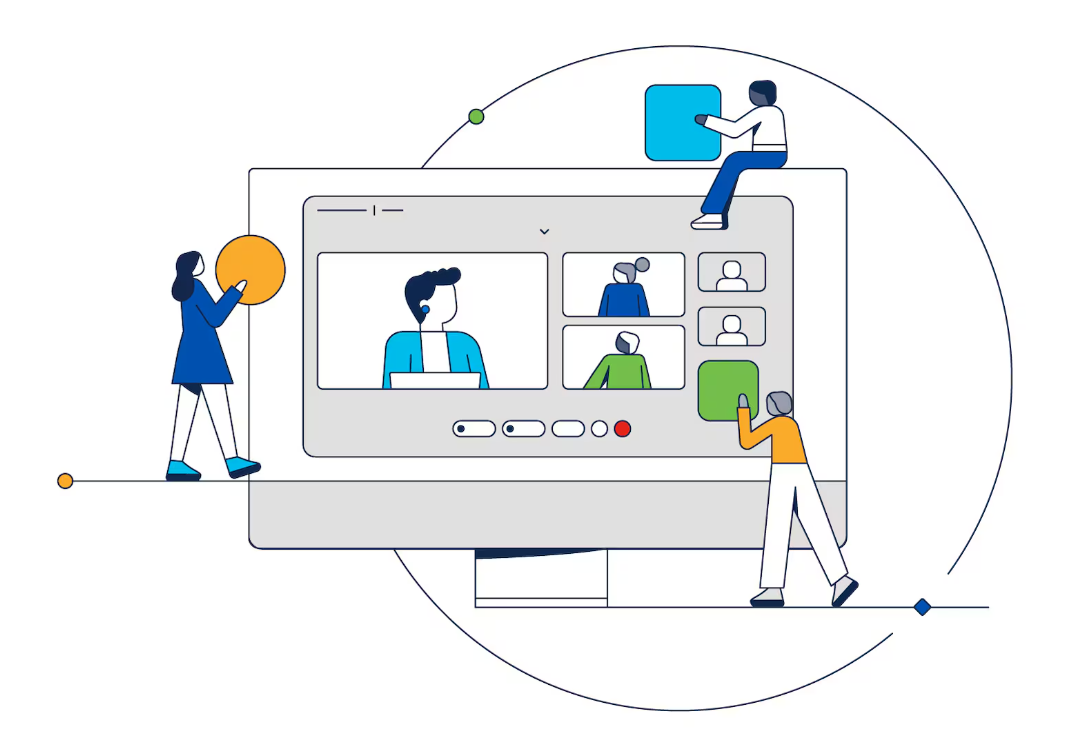


Co-authored with Dani Schrakamp
Last week, we discussed the interdependent relationship between public safety and public health. This week,#GovernmentNowrecognizes Mental Health Awareness Month. Join us as we examine the impact that the current environment has on mental health and the unique importance that technology plays in efforts to reduce stigma and encourage understanding, increase access to care, and promote telehealth reform.
The current crisis is characterized by uncertainty. Government organizations around the world have mobilized efforts and gone to great lengths to protect the public, continue critical services, and allocate emergency funds for rapid relief. Yet, the state of affairs today continues to bring forth an acute and distressing reality anchored in the unknown.
Undoubtedly, the mental health impact of the COVID-19 pandemic is universal. The World Health Organization notes that almost all people affected by emergencies will experience psychological distress. Now, more than ever, actions to protect mental health are of the utmost importance. Governments must respond, recover, and reimagine in ways that devote resources, develop programs, and improve access to mental health care.
Currently, mental health care is traditionally confined to reactive, and often inaccessible and expensive, treatment. Compounding this, is a longstanding narrative of cultural stigma that further disheartens people to speak out or seek help.
In these extraordinary times, many public health organizations are committed to achieving equitable access for the communities they serve. In Canada, the Centre for Addiction and Mental Health (CAMH) is increasing its secure connectivity and collaboration capacity after experiencing a 750% spike in telemental health sessions thus far during the COVID-19 pandemic.
Cisco
 Etiquetas calientes:
#PublicSectorNow
#MentalHealthMatters
#GovernmentNow
telemental health
Etiquetas calientes:
#PublicSectorNow
#MentalHealthMatters
#GovernmentNow
telemental health